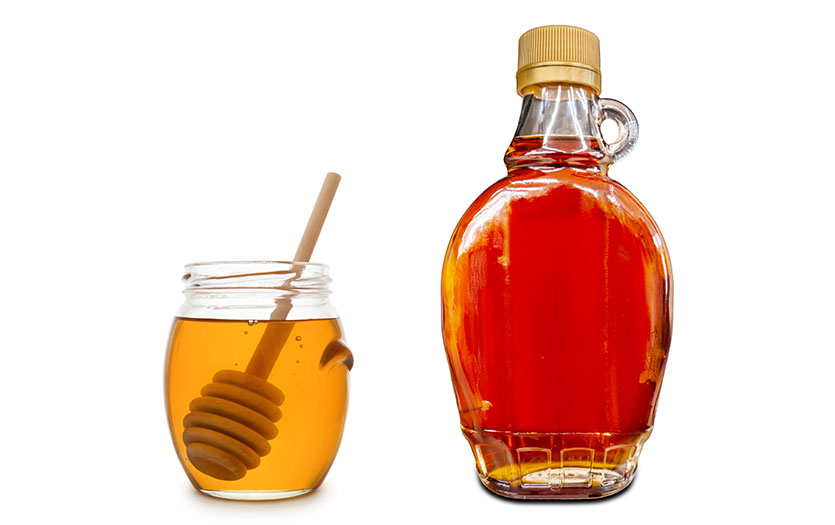
It seems every time you turn around the headlines are announcing yet another devastating E. coli or salmonella outbreak. We invited Olivia Clark, RDN, Parkview Health to kick off Food Safety Awareness Month with her tips for avoiding exposure to harmful bacteria.
Defining E. coli, salmonella and parasites
E. coil is a bacterial organism that is found in intestines. There are many types of E. coil that are not harmful to us, but there are other strains that can make us sick. Foods that contain harmful strains of E. coil can be difficult to identify because the onset of symptoms typically takes 3-4 days.
Salmonella is a bacterial organism that is most commonly found in poultry, but can also be found in eggs, beef and unwashed fresh produce. Salmonella has a much faster onset, typically between 12-72 hours.
Parasites are organisms that live off of their host, normally to the detriment of the host. These organisms, like E. coli and salmonella, can be contracted by consuming undercooked fish, meat, poultry or unwashed fresh produce that has been contaminated by animal or human feces. All three of these illnesses can cause abdominal cramping, diarrhea and bloody stools.
Sources
The most common causes of these conditions are undercooked meat, poultry, pork and fish, cross contamination, improper food storage and a lack of hand hygiene. To avoid undercooking protein, cook the following foods to the corresponding temperatures.
|
Poultry products and any leftovers |
165 degrees F |
|
Hamburgers and other ground beef products |
160 degrees F |
|
Fish and whole cuts of beef, pork, lamb, and veil |
145 degrees F |
To avoid cross contamination, use different cutting boards and separate knives when moving from cutting raw meat to other foods, like fresh vegetables that you are not going to cook. Wash hands before handling foods and when switching between raw meats, cooked meat and ready-to-eat fresh produce. To avoid bacterial growth, chill foods within two hours of cooking them.
Bacteria in the kitchen
It is best to clean kitchen sponges daily by dampening and then microwaving them for a minute. Unfortunately, sponges cannot be completely disinfected, so it is best to replace them regularly. Kitchen towels should be stored in a way that allows them to dry quickly and should be washed in hot water regularly.
Food preparation
As a rule of thumb, you should use separate cutting boards for ready-to-eat foods and meat, poultry, pork and fish. Meat should not be left out to thaw, because bacteria can grow rapidly at room temperature. Instead, put frozen meat in the refrigerator to thaw overnight or over a couple days, depending on the amount of meat. It can be thawed more quickly by running cold water over the packaged meat.
Sources:
https://www.cdc.gov/salmonella/index.html
https://www.cdc.gov/ecoli/index.html
https://www.cdc.gov/parasites/index.html
https://www.cdc.gov/foodsafety/communication/bbq-iq.html
https://www.eatright.org/homefoodsafety/four-steps/wash/dos-and-donts-of-kitchen-sponge-safety



